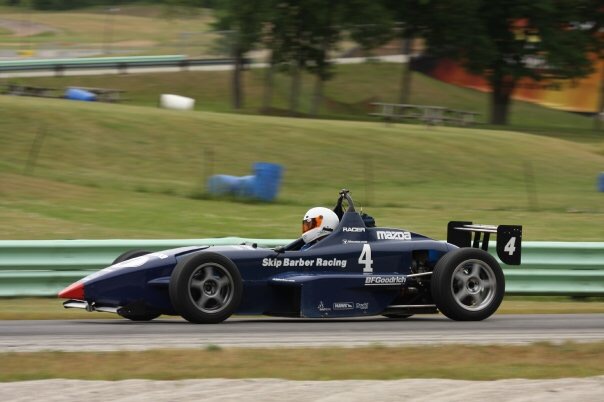I have a marginal 3.4/3.8 Jaguar crankshaft, that I can “try” to repair (weld and turn damaged Main Journals), or I have a line on two other Cranks. I would like to verify if the others are actually correct, in case I cannot repair mine, but I am having a problem with finding a listing of the correct cranks (apparently, there are MANY different casting numbers). The cranks in question are SCF AH 28931, and SCF Y 690 4308 ?. Can anyone shed light on my problem?
All XK cranks are forged, not cast, so they are all generally equal in strength for any street use. There are differences in the rear seal - scroll or rope. Unless you want to change or machine a lot of things, you would be best served to find a crank that is set up for the rear seal you already have.
I understand and agree. Insofar as the rear seal, I am considering the newly developed seal that requires machining, but allows easier replacement in the future. What I can’t confirm is if the other cranks that are available will do what I want.
A rough guide to the crank you need is that it will probably have the smaller grub screw type sludge plugs. I wouldn’t advise fitting a crank with the simple scroll set up they ALL leak!
There are some late 3.4 series 3 XJ6 cranks out there with the larger sludge plugs. But from what I remember they are identifiable from the web size as opposed to the 4.2 crank which I think had longer balance webs.
This is probably a North America vs the rest of the world issue, but there were no 3.4 S3 XJ6’s sold here, so not probable you will find one of those crankshafts here. Also, it is my understanding (maybe wrong) that the XJ6 3.4 used the same staggered bore spacing as the 4.2 and for certain no 4.2 crank will fit in any 3.4 or 3.8 block.
I’ll just throw this in, for what it’s worth, In my lifetime of fooling with race cars, the biggest systemic engine failures I ever saw were in the early 1970’s from welded crankshafts used in short track paved oval late model stock cars. This was early in the life of the 400 siamesed bore small block Chevrolet, which had a cast iron crank. The cast crank was totally unsuitable as a race part, and the main bearing journals of the forged 350 crankshaft were too small to fit the larger 400 main bearings to make an engine of 377 ci displacement. The disastrous solution was to weld the forged crank journals and turn them to the 400 journal size. The unintended effect was to make them very brittle and every one of then failed in spectacular fashion. 6 months later you could buy off the shelf Clevite 77 conversion bearings that made it a moot point.
Id forgotten completely about this! The early days of the 400 SBCs were…dramatic.
I’d never use a welded cast crank, in any race car: Formula Ford cranks were cast, and when you’d rent a FF, they often had telltale tachs.
Every 100 rpm over 6500 would cost the renter $100!
I think you mean welded crank, period. The welded cranks were forgings.
For about 10 years I rented formula cars from Skip Barber Racing on their race series weekends. I ran the W-T-F practice days with the young hot-shoes, then got the hell out of Dodge before they started banging into each other ($$$$). Those were tube framed Crossle chassis with box stock 2.0 Dodge Neon engines, early on Hewland 4-speed crash boxes then later 5-speed Ricardo sequential gear boxes. Dodge 2.0 had about double the hp of the original FF Fords. No tell-tale tach or pay-to-play rev limit with the Dodge. Great fun.

Thank you, forged cranks!
I’ve always wanted to try a Ricardo 'box.
Worked like a modern motorcycle gearbox. Clutchless upshifts, easy-peasy, bang-bang-bang… In theory, clutchless downshifts, but there was the risk of shocking the rear tires on turn in, so I never changed from the traditional double-clutch downshift. Only downside was that with sloppy or lazy clutch footwork, it was possible to get one into a false neutral between 4th and 5th. I know this because I did it at the end of the very long front straight at Road America, Braked, trailed, released, turned in about 90mph, rotated toward the apex, went for the 5-4 downshift and WOT to plant the rotating rear end and instantly realized that no counter-rotation weight transfer was coming and things were inevitably going to get twirlly.
It’s how I envisaged them, having driven a fair number of miles on bikes.
I could do the clutchless Upshifts w/a Hewlsnd/ Webster, but always doubled going down.
In a Vee, Turn 1 at Elkhart was was a flat-foot corner: Turn 5 was the kicker!
This might be true for the single piece Beere part that seals on the crank flywheel flange but I’m not even certain of that. It has to bolt on somewhere. The other several out there replace the standard seal carrier halves with new ones that can carry a modern seal but they still bolt to the rear of the block, thus the crank flange shades the bolts and it would need to come out to replace it…I think. Maybe…maybe it’s possible to sneak the upper half in without crank removal. I’ve never heard of it being done that way.
If the split lip seal housing is used, the location dowels are very short this enables you to remove the complete housing with the crank in situ.

